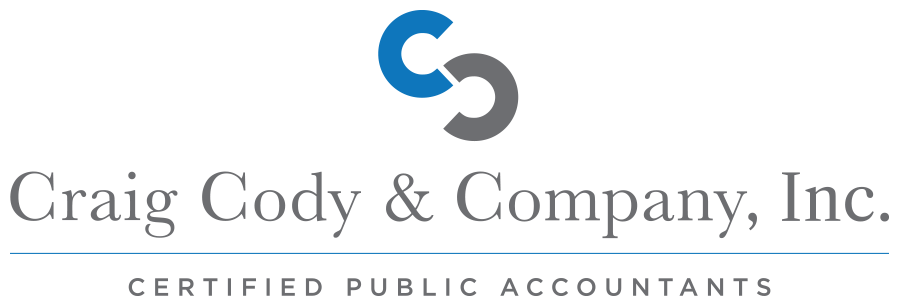Employee Stock Ownership Plans, commonly known as ESOPs, are a unique exit strategy for business owners that often sound appealing at first glance. However, as with any complex financial arrangement, it’s crucial to understand the details before considering this option. In this blog, we’ll explore ESOPs, their potential benefits, and the challenges they may present to agency owners.
What is an ESOP?
An ESOP is a retirement plan that meets the regulations set by the Employee Retirement Income Security Act (ERISA). Unlike traditional retirement plans that invest in a diverse portfolio of stocks and bonds, an ESOP primarily invests in the stock of the employing company. This structure allows employees to become partial owners of the company they work for, potentially aligning their interests more closely with the overall success of the business.
How Does an ESOP Work?
When a business owner decides to implement an ESOP, they essentially sell their shares to a trust set up for the benefit of the company’s employees. The trust can borrow money to purchase these shares, with the company making tax-deductible contributions to the trust to repay the loan over time. As the loan is repaid, shares are allocated to individual employee accounts, typically based on their compensation or years of service.
Who Might Benefit from an ESOP?
ESOPs can be attractive to business owners who want to:
- Create a succession plan that keeps the company independent
- Reward and motivate employees by giving them a stake in the business
- Take advantage of significant tax benefits
- Gradually transition out of the business while maintaining some control
ESOPs are most suitable for companies with:
- A strong, stable cash flow to support debt repayment
- A management team capable of running the business post-transition
- A desire to maintain the company’s independence and culture
Pros of Implementing an ESOP
- Tax Advantages: ESOPs offer substantial tax benefits. The company can deduct contributions used to repay the ESOP loan, and in some cases, the selling shareholder can defer capital gains taxes.
- Employee Motivation: By giving employees an ownership stake, ESOPs can increase motivation, productivity, and loyalty to the agency.
- Flexible Exit Strategy: Business owners can sell a portion of their shares to the ESOP, allowing for a gradual transition out of the company.
- Preservation of Legacy: ESOPs can help maintain the company’s independence and culture, which may be important to founders.
Cons and Challenges of ESOPs
- Complexity and Cost: Setting up and maintaining an ESOP involves significant legal, administrative, and ongoing costs.
- Debt Burden: The company typically takes on substantial debt to finance the purchase of shares, which can strain cash flow.
- Dilution of Ownership: Existing shareholders’ stakes are diluted as shares are allocated to employees.
- Valuation Requirements: Annual independent valuations are required, which can be costly and time-consuming.
- Repurchase Obligation: As employees leave or retire, the company must buy back their shares, creating a potentially significant financial obligation.
- Limited Applicability: ESOPs are not suitable for all businesses. They work best for companies with steady cash flows and a certain scale of operations.
Considerations Before Implementing an ESOP
Agency owners should note that ESOPs are relatively rare. It’s estimated that there might be only a few hundred ESOPs in the marketing and communications space, and only 15-20k nationwide across all sectors. This scarcity is likely due to the specific conditions required for an ESOP to be successful, which may not align with the typical structure or financial profile of many marketing agencies.
Before pursuing an ESOP, business owners should:
- Thoroughly assess the company’s financial health and future prospects
- Consider alternative exit strategies and compare them to an ESOP
- Consult with ESOP specialists, including lawyers, accountants, and valuation experts
- Evaluate the company’s ability to handle the debt and administrative burden of an ESOP
- Assess the management team’s capability to run the business post-transition
Conclusion
While ESOPs can offer significant benefits in terms of tax advantages and employee engagement, they are complex structures that require careful consideration. They are not a one-size-fits-all solution and may not be suitable for many businesses, particularly in the marketing and communications industry.
Business owners considering an ESOP should thoroughly research and seek expert advice to determine if this exit strategy aligns with their goals and company structure. As with any major business decision, it’s crucial to weigh the potential benefits against the challenges and costs before proceeding.
To get a broader look at agency owner exit strategies, tune in to this episode of The Progressive Agency Podcast to hear more from our guest, David Tobin.
Newsletter
Subscribe to our Newsletter! Join our mailing list to receive the latest news and updates from our team.

